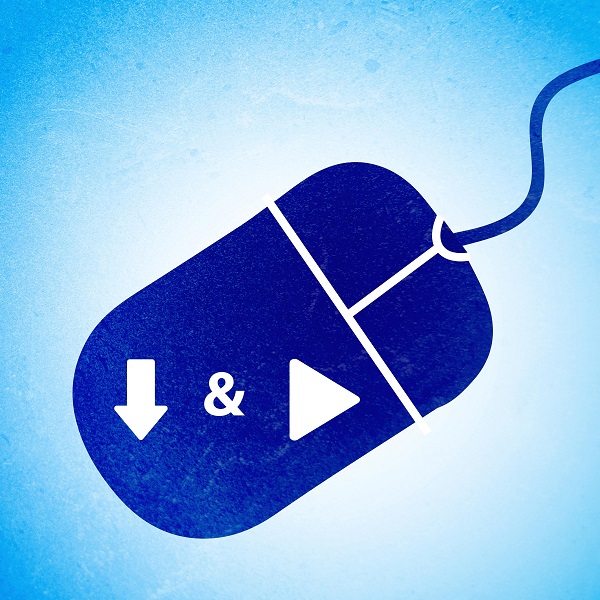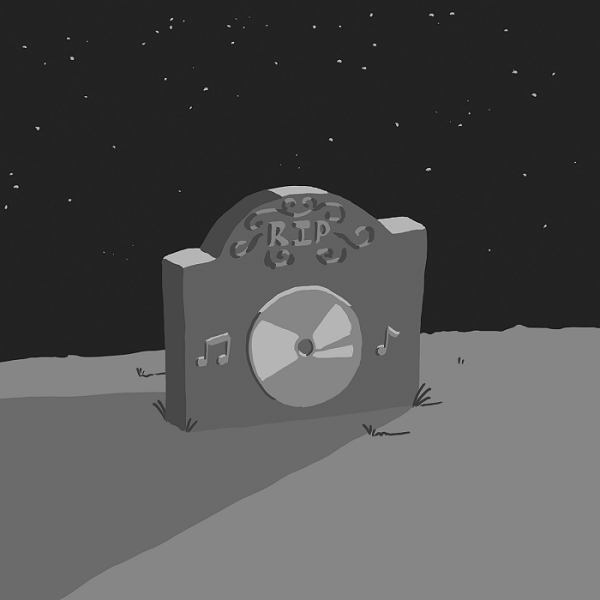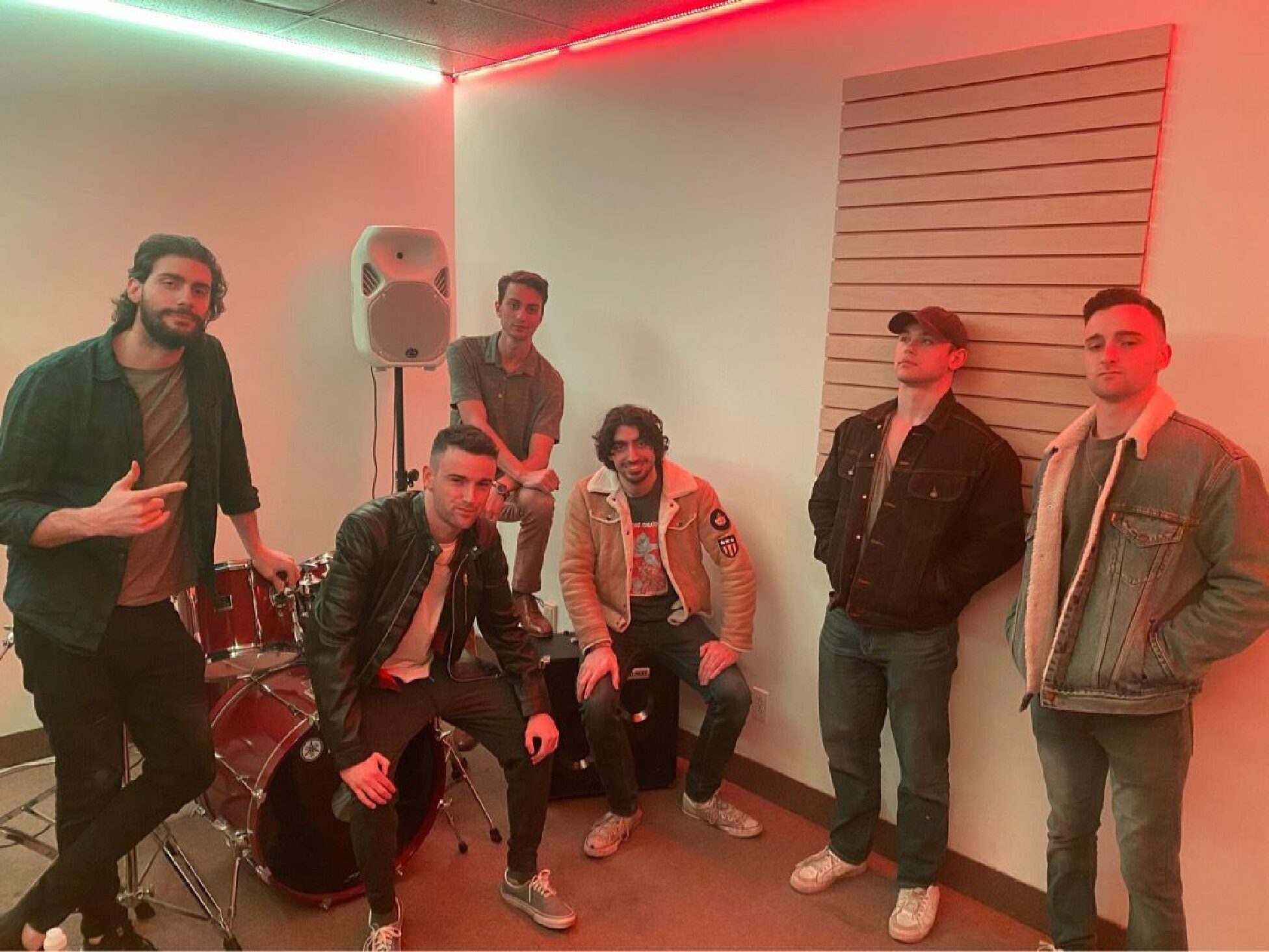SoundCloud, Bandcamp, Spotify and YouTube have changed the music industry
As more and more consumers choose digital music over physical CDs, music distribution trends are shifting away from physical product sales. According to the Recording Industry Association of America (RIAA), streaming music online in 2016 amounted for 47 per cent of America’s total recorded music revenue in comparison to physical copy revenue that is equivalent to 20 per cent. In the first six months of 2016, the Nielsen Music 360 Report concluded the number of songs streamed on-demand through audio and video platforms was over 18.6 billion.
Years ago, musicians needed a music label—such as Warner Music Group, Sony Music Entertainment or Universal Music Group to reach a large audience of listeners. The labels had the exclusive means of creating physical albums that would give fans access to their favourite songs. Today, any musician with access to the Internet can upload their own music. Services such as Spotify, Bandcamp, YouTube and SoundCloud allow musicians to release their music online and share it with the world, either for free or for a small fee. This further opens the door for independent recording artists to create and release their art. With so many artists regularly releasing music, young bands can compete with the world’s talent to be heard.
Do musicians need to create physical versions of their albums to support their project or can they prosper exclusively online? Although digital music has its positive aspects, some artists might argue that being present on various online music platforms is not enough.“We can’t survive through our online presence alone at this stage,” said Jodie Amos, the singer of the UK-based rock group Badow. “Even though social media is really important to us to network with fans, the physical aspect still overrides the digital sales.” In 2014, country-pop singer Taylor Swift pulled her entire music catalogue from the online music streaming program Spotify, citing low revenue from the platform. “I think there should be an inherent value placed on art,” she said in an interview with Time magazine. “I didn’t see that happening, perception-wise, when I put my music on Spotify.”
Music streaming platforms like Google Play Music and Apple Music offer music as a service you subscribe to, instead of as a product you purchase. A monthly fee allows listeners to stream most of the world’s music collection, while paying musicians for their contribution to the platform. Global marketing research firm Nielsen found that Canadians spent twice as much on music streaming services in 2016 than the year before. They also found that, in Canada, the total amount of audio streams in the first half of the year jumped from 2.1 billion in 2015 to 9.2 billion in 2016.

“People discover bands through streaming now, and those who like what they hear can quickly find out when our next show is happening through our social media,” said Sam Robinson, bassist of Montreal-based rock group Diamond Tree. “We don’t make any money through streaming, but without uploading our music to streaming sites, we’d be missing out on a large audience and lots of potential new fans.”
CDs were once the main way music was purchased, but sales of CDs have declined steadily since the early 2000s. According to the Recording Industry Association of America (RIAA), revenue from CD sales in the United States slid down 16.4 per cent in 2016 compared to sales in 2015. In 2000, 942.5 million CDs were sold in the US. In 2015, only 122.9 million CDs were sold.
In addition, creating professional-looking CDs can be costly for a musician or band compared to uploading it online. According to Eve Duplessis, who works at Montreal-based printing company Audiobec, it costs roughly $1,000 to create 500 compact discs sold in full-colour cardboard sleeves.Even then, to reach the widest possible audience, CDs are sometimes sold as “pay-what-you-can.” “I buy CDs to remember the artists I like,” said Montreal-based singer-songwriter Heather Ragnars. “If I like the music I hear at a show, I might buy a CD.” Singer-songwriter Alexandra Roussel said she finds physical media helps form a connection with her audience. “In this day and age, people like to be able to hold things in their hands. It makes for a warmer connection between the artist and their fans,” she said.
Many musicians in Montreal agree having physical copies of their music is a good way to make sales at their shows. According to singer-songwriter Philippe Da Silva, “there’s always one person who wants a physical copy they can hold. Although I believe most of my marketing happens online, I find it important to be able to offer a physical product to those who want it.” Vocal coach Angie Arsenault also believes it’s all about catering to your audience. “If you are a touring band, you should consider having physical merchandise such as CDs and t-shirts to sell to your fans at your shows,” she said. “If you are a YouTube star, perhaps a digital copy of your album is all you need. Personally, I like to have both options available.”
For Room Control bassist Richard Bunze, being able to sell a physical product to a fan is an important part of being a musician. “Anyone can upload their tunes to Bandcamp or Soundcloud, but I still think it’s important to have a tangible piece of your band for someone to take home with them,” he said. “It’s part of the whole package of your band. It’s an extension of your art,” he said.




